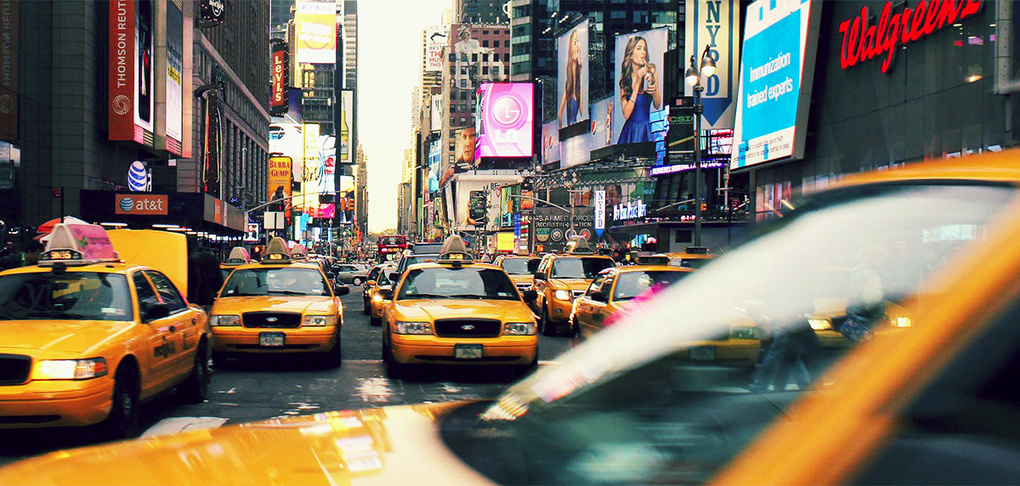Few would disagree that we are well and truly in the age of taking photographs. Sure, compact cameras have been on the market for years now, but it’s the emergence of the camera embedded within the smartphone that has really catapulted photography into the public eye.
Now, wherever you are, you have the ability to take a photo. There’s no need to worry about charging your camera, or even taking it with you, the potential to take amazing photos on your smartphone eradicates all such worries.
It means that when you do hit the road and start to travel, the possibilities are endless. In a bid to develop the best canvas prints when you are on your travels, we have outlined some of the best tips.
Don’t forget the people-factor
One of the biggest traps people can fall into whilst traveling is only concentrating on landmarks. This is perfectly understandable; after all, before you make your way to London, you have most probably been told about Big Ben and all of the other must-see attractions.
At the same time, most other people have seen them. Some people will have seen them in the flesh like you, while others will have gazed at countless photographs. This is the reason you need to do something different.
Something that makes your traveling journey unique is the people that you come across. It’s for this reason that we would recommend photographing people, as well as landmarks, to document your journey. When you turn the pages of your photo book later down the line you are going to sense a much greater degree of nostalgia when seeing these faces, than you would if you were just looking at buildings.
Load up on memory cards (and shoot in both RAW and JPEG)
As we all know, shooting in RAW prompts much stronger results in photography. As we also all know, it’s something that eats away memory.
JPEGS on the other hand are much smaller in size, even if you lose a touch of quality.
All of the above means that the best approach is to have both of them on hand. The RAW files will give you every bit of quality you could ask for, while the JPEGS allow you to transfer the files at a whim.
Of course, to do the above you will need a lot of memory. As such, make sure you not only take plenty of memory cards, but also download all the photos to your computer after traveling so you can start again the next day.
It’s not just about photos, take your pen as well
While a large emphasis should be placed on taking photos, don’t forget to annotate what you are doing. There’s nothing worse than returning home from your travels and discovering that you don’t have a clue what the photos are. Small annotations can make the world of difference, and also help to tell a story when you put together your photo book.
